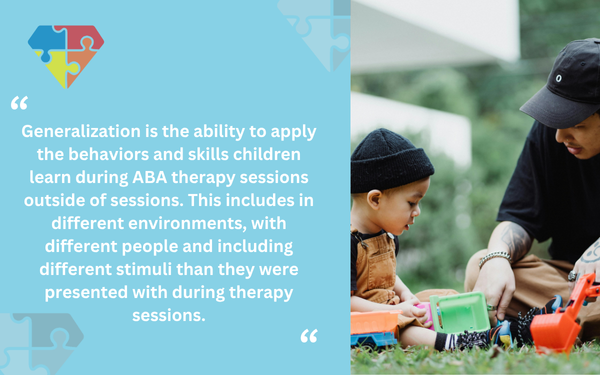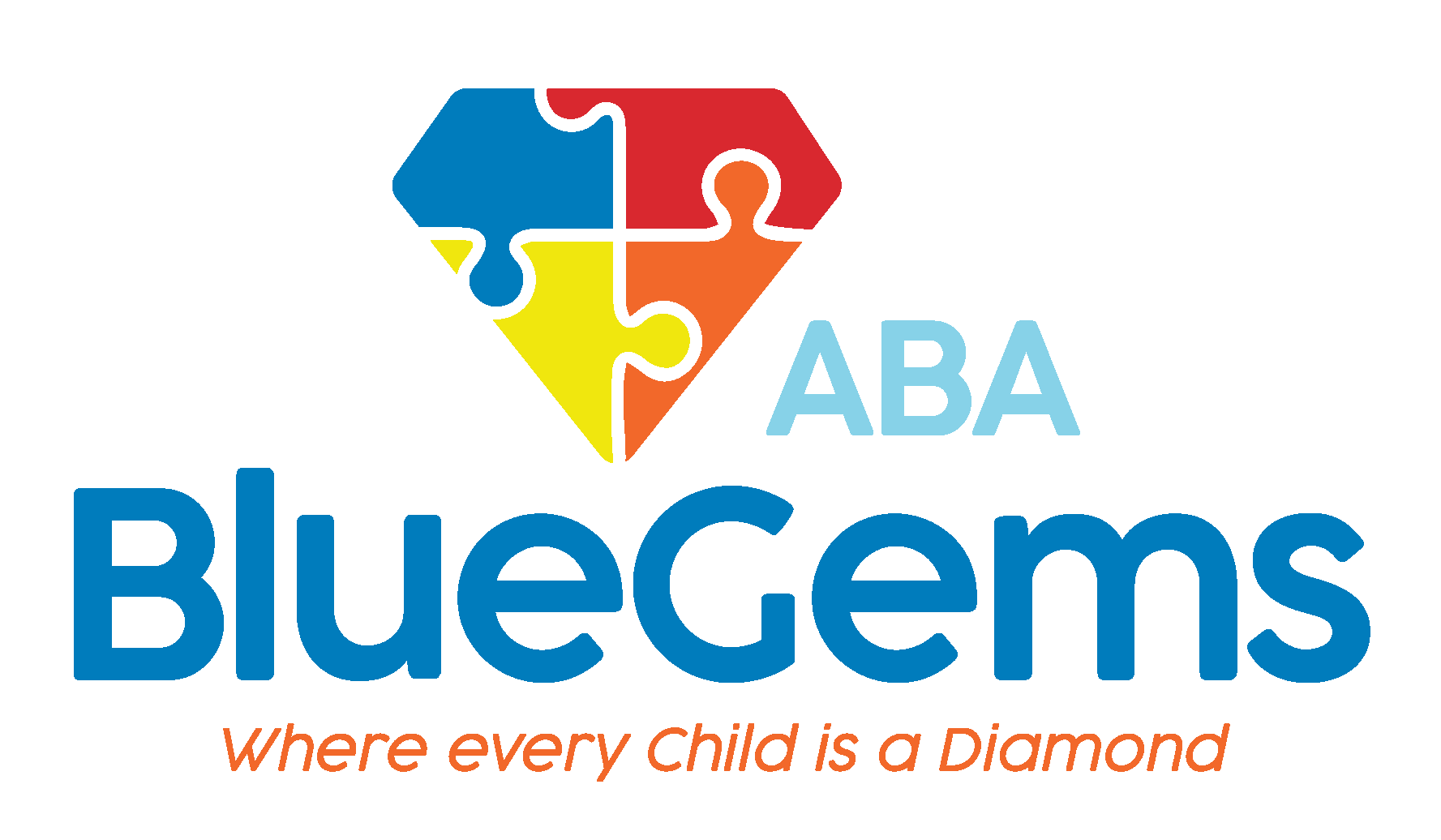The Role of ‘Generalization’ in Long-Term ABA Success
Applied behavior analysis, also known as ABA therapy, is commonly considered the leading treatment option for children with autism spectrum disorder (ASD). As a science-based approach to learning, it helps children with autism acquire new social, communication and daily life skills, while also helping them modify negative and/or harmful behaviors.
Each ABA therapy treatment plan is built specifically for each individual child. By taking into consideration the child’s unique strengths, challenges and preferences, therapy teams can build targeted treatment plans that include SMART goals as well as strategies and tools the team will use to help the child achieve them.
The ultimate objective of each ABA therapy goal is to have the child generalize the skill or behavior that they’re learning, as this ensures that it will be sustainable.
In this article, we’ll discuss the role of generalization in long-term ABA therapy success.
Table Of Contents
What is Generalization in ABA Therapy?
Generalization is the ability to apply the behaviors and skills children learn during ABA therapy sessions outside of sessions. This includes in different environments, with different people and including different stimuli than they were presented with during therapy sessions.

When a child is able to generalize a skill or behavior, it means that they have mastered it to the point where it can be used in a functional way in real-world scenarios.
ABA therapy sessions are done in controlled settings — either in the comfort of the child’s own home or in a clinic specifically designed for the therapy. The situations the children are in are also controlled, with the therapist choosing the people and things the child interacts with, and the prompts and rewards they are presented with.
This formula has proven very successful in teaching children to acquire new skills and behaviors. Without generalization, though, these skills would likely only be functional within these controlled environments.
| Concept | Key Insight |
|---|---|
| Generalization | Using learned skills outside of therapy sessions |
| Importance | Crucial for long-term ABA therapy success |
| Setting | From controlled environment → real-world use |
| Individualized Approach | Each child’s generalization journey is different |
Is All Generalization the Same?
Not all generalization is the same, though the three types are similar to each other.
The first type is called stimulus generalization. This happens when a specific behavior is applied to similar yet different stimuli.
An example would be teaching the child how to greet their mother during sessions, and then being able to greet other members of their family in the same way. This will demonstrate adaptability for various social scenarios.
The second type is called response generalization. This happens when the child learns different variations of the same skill.
An example would be saying “hello” as a greeting during therapy sessions and then learning different variations of that greeting, such as “hi.” This helps to demonstrate that they’ve broadened their responses in social situations.
The third type is called maintenance. This involves ensuring that the child retains the skills and behaviors learned during ABA therapy sessions, and that they’re able to utilize them consistently.
What Role Does Generalization Play in Long-Term ABA Therapy Success?
Long-term success of ABA therapy relies on the ability of children to master the three types of generalization. Doing so allows children with autism to transfer the skills they learned in the structured environment of therapy to other real-life situations that they are likely to encounter regularly — whether that be at home, in school or out in the community.
That’s why generalization is so crucial to long-term success of ABA therapy. When children are able to take the skills they have been taught and apply them across various contexts, they are able to dramatically improve both their quality of their life and their ability to live independently.
This is why ABA therapy focuses so heavily on generalization as a long-term goal.
Generalization might look different for each individual child, just as their other strengths, challenges, preferences and ABA therapy goals do. That being said, even children with severe forms of ASD still have the ability to generalize certain skills or behaviors in some ways.
Blue Gems ABA Teaches Children How to Generalize Skills and Behaviors
The ultimate aim of ABA therapy is for patients to be able to generalize the skills or behaviors that they learn in sessions, regardless of the patient’s abilities and goals. Being able to generalize skills is a crucial aspect of long-term success in ABA therapy.
At Blue Gems ABA, our therapy team designs all ABA therapy treatment plans with generalization in mind. It’s something that we help all children work toward, so that they can live as independently as possible.
To learn more, please contact us today.




